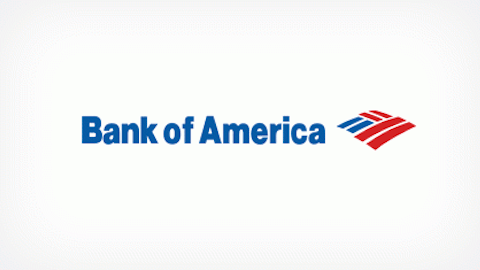On this day in economic and business history…
Happy birthday, Donald Duck! The Walt Disney Company (NYSE:DIS)‘s second-favorite animated son first appeared in the Silly Symphonies short “The Wise Little Hen,” which was released on Jun. 9, 1934 . Although frequently overshadowed by Mickey Mouse in the The Walt Disney Company (NYSE:DIS) pantheon, Donald Duck has actually appeared in more films than any other The Walt Disney Company (NYSE:DIS) character, with 178 theatrical credits. Donald Duck is also one of the world’s most popular comic-book characters , behind only Batman, Superman, Spiderman, and Wolverine. Donald’s three nephews (Huey, Dewey, and Louie) also outrank Mickey on the comic-book list, and Donald’s wealthy uncle Scrooge McDuck comes in right behind The Walt Disney Company (NYSE:DIS)’s top mouse as well.
Donald Duck’s popularity was assured during World War II, when the character became The Walt Disney Company (NYSE:DIS)’s chief anti-Nazi propagandist, which won The Walt Disney Company (NYSE:DIS) an Oscar for the animated short “Der Fuehrer’s Face” — the only Disney short to win a wartime Oscar:
After the war, Donald and his relatives took up residence in Duckburg , the fictional city that continues to be extraordinarily popular in Europe, which is primarily the reason for Donald and Scrooge’s high ranking on today’s comic-book lists. The fictional “duck universe” of Duckburg is also notable for giving legions of financial writers easy metaphors for wealth, thanks to Scrooge McDuck’s over-the-top money bin. Scrooge’s massive gold hoard consistently earns him a spot on the Forbes list of wealthiest fictional characters — although the plutocratic fowl lost his rank (and his fortune) in 2012 thanks to an ill-advised all-or-nothing bet on a round-the-world race with rival Flintheart Glomgold . That’s one financial strategy aspiring Scrooge McDucks shouldn’t take to heart.
Banking in a new nation
The Bank of New York Mellon Corporation (NYSE:BK) first opened its doors on Jun. 9, 1784 . It was not the first bank in the United States — the Bank of North America had a two-year head start — but it was the first bank in New York City, which would soon become the financial heart of the new nation. Alexander Hamilton, using the experience gained from his integral role in establishing the Bank of North America, became the founder of the Bank of New York, and would be chiefly responsible for its early growth and success. He focused the bank on specie (gold and silver) holdings, rather than land-based collateral, which was popular at the time. This decision gave the bank the strong capital foundation it would need to help backstop the new nation as it began to stand on its own.





